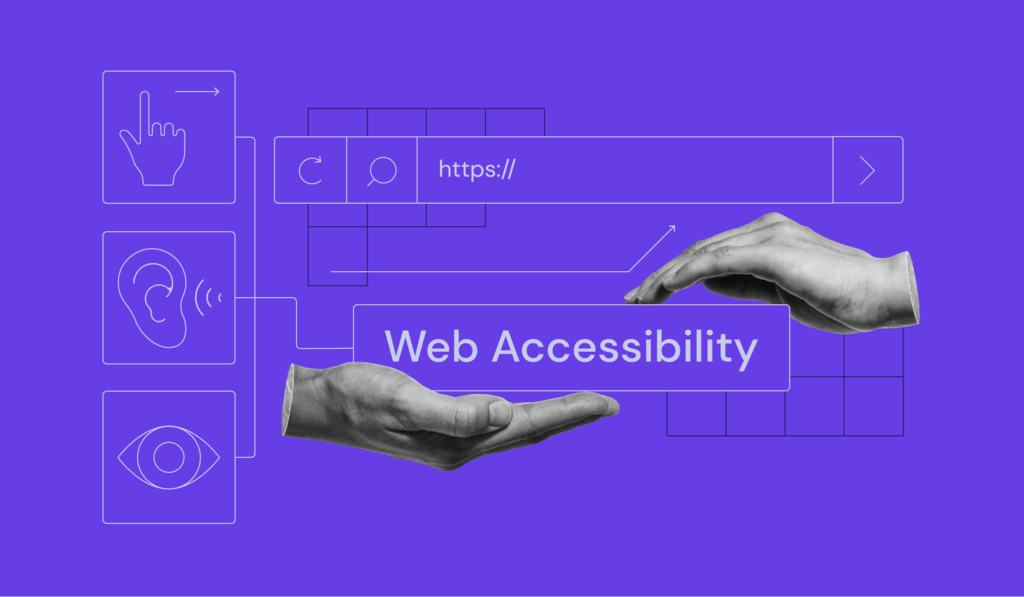VPN Wisdom: Your Guide to Online Privacy
Explore the world of VPNs and enhance your online security.
Inclusivity is Key: Why Your Website Can’t Afford to Be Inaccessible
Unlock your website's potential! Discover why inclusivity is crucial for accessibility and how it boosts your audience and engagement.
The Importance of Web Accessibility: Making Your Site Usable for Everyone
Web accessibility is a critical aspect of modern web design, ensuring that your site is usable for everyone, including individuals with disabilities. According to the World Health Organization, about 15% of the global population lives with some form of disability, which highlights the necessity of creating inclusive online experiences. By implementing accessibility standards, such as the Web Content Accessibility Guidelines (WCAG), you can improve usability for all users, enhancing navigation, readability, and overall user satisfaction.
Furthermore, prioritizing web accessibility can significantly boost your site's SEO performance. Search engines favor websites that provide a better user experience; thus, accessible sites often rank higher in search results. Some key practices include adding alt text for images, ensuring proper heading structures, and maintaining sufficient color contrast. By addressing these factors, you not only cater to a diverse audience but also improve your chances of reaching new visitors through enhanced search visibility.

Accessibility Best Practices: How to Ensure Your Website is Inclusive
Ensuring that your website is accessible is essential for creating an inclusive online experience. Accessibility best practices focus on making your content available to all users, including those with disabilities. Begin by following the Web Content Accessibility Guidelines (WCAG), which provide a comprehensive framework for creating accessible web content. Key practices include using semantic HTML elements like headings, lists, and tables correctly. This helps screen readers interpret your content accurately, allowing visually impaired users to navigate your site with ease. Additionally, consider incorporating alternative text for images, ensuring that visual content is also accessible to users who cannot see it.
Another important aspect of accessibility is ensuring that your website is navigable for users with various disabilities. Implement keyboard navigation to allow users to move through your site using only their keyboards, which is crucial for those who cannot use a mouse. Pay attention to color contrast and avoid using color as the only means of conveying information, as users with color blindness may miss important details. Regularly conduct accessibility audits to identify and address potential barriers, and consider involving users with disabilities in testing your site. By prioritizing accessibility, you'll not only meet legal requirements but also enhance the overall user experience for everyone.
Is Your Website Inclusive? Key Questions to Assess Accessibility
In today’s digital landscape, ensuring that your website is inclusive is not just a best practice but a necessity. Website accessibility refers to the design of your site in a way that allows people with disabilities to access and navigate content effectively. To assess your website's inclusivity, consider asking yourself key questions: Are your images properly tagged with alt text for screen readers? Do you provide captions for your videos? These elements not only help users with disabilities but also contribute to better overall user experience.
Another important area to evaluate is your navigation structure. Is it intuitive and easy to use for individuals with various levels of expertise? Implementing keyboard navigation and ensuring a logical flow of content can significantly enhance accessibility. Furthermore, consider the contrast and color schemes used on your site; do they meet accessibility standards for readability? By addressing these aspects, you can make great strides toward creating a more inclusive environment for all users.